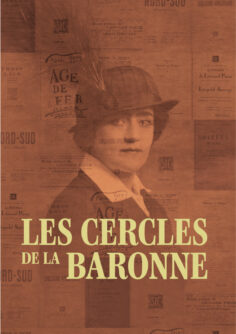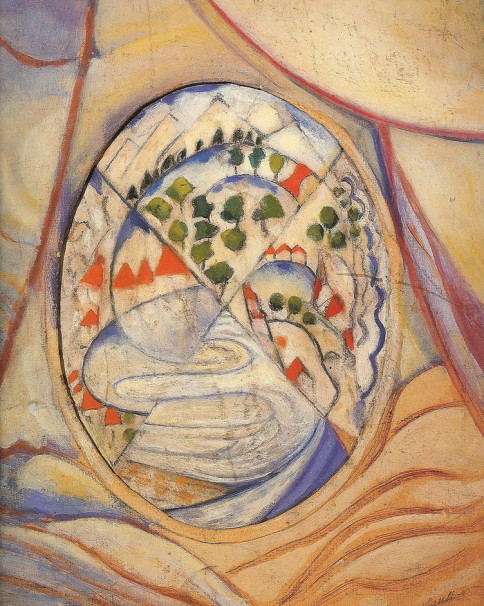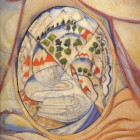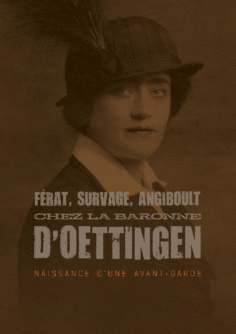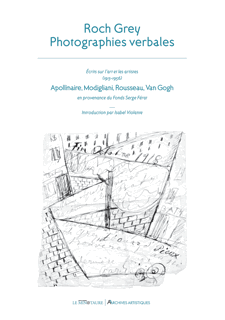Hélène Oettingen, born in Ukraine or Venice in 1887. She is the daughter of the Polish Countess Miaczinska, who left for Western Europe in 1902 with her cousin the painter Serge Férat, after her divorce from Otto von Oettingen, an officer of the Tsar. Both very wealthy, receiving abundant income from Russia, became patrons of Parisian bohemia: Max Jacob, Modigliani, Survage, whose lover she was, came to their home to have their meals and warm themselves. Hélène Oettingen studied in the 1900s at the Académie Julian and in the 1910s held an “artistic-literary” salon where all the Russian and French avant-garde met. She played an important role with Serge Férat in the survival of the magazine Les Soirées de Paris directed by Apollinaire and by receiving in her salon at 229 boulevard Raspail in Paris “those who have or will have a name in painting, poetry and modern music”. In 1917, after the Russian Revolution, the new regime sequestered her fortune and the baroness had to reduce her generous lifestyle. She continued to write, but her work was not enough for her to live on. On the advice of Apollinaire and her lover Soffici, whom she met in Florence when she left Russia and found again in Paris in 1903 at La Ruche, she had bought nine paintings and five drawings from the Douanier Rousseau in 1910 with Férat. Their sale would provide for her needs until her death. In 1935, she left Boulevard Raspail and died of leukemia in 1950. She is also known as a poet under the pseudonym Léonard Pieu, as a novelist under the pseudonym Roch Grey and as a painter under the pseudonym François Angiboult.
